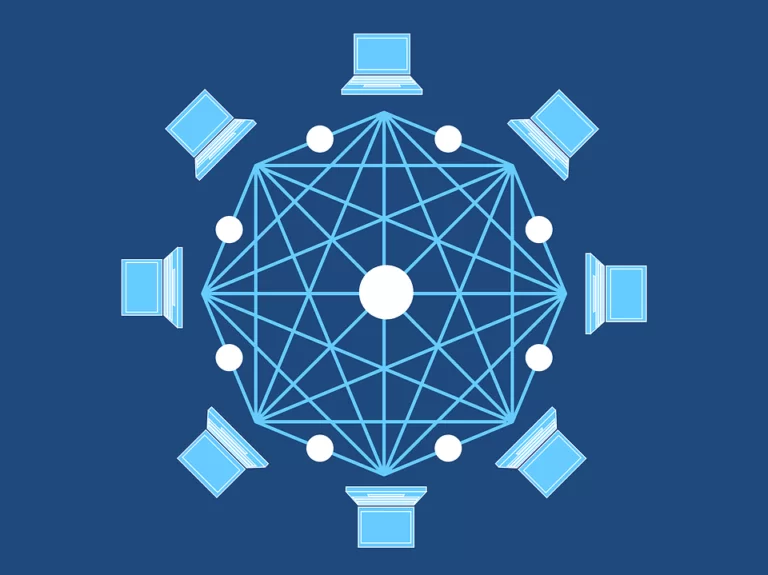
La blockchain of Bitcoin was the first. Bitcoin's scaling issues prevented other applications from being built. So others were born blockchain such as Ethereum and EOS.
For some, Blockchain it consists only of transactional blocks, but that's not entirely true.
The biggest difference between a database blockchain and a traditional database is the level of centralization required for it to function as intended. With a centralized database, the goal is to ensure that servers remain as close to each other as possible to ensure that data is transferred with maximum efficiency.
On the other hand, decentralized databases give up this desire for speed in exchange for the added utility gained from a database that can be easily accessed from anywhere in the world. When this flexibility is combined with the unique security aspects of blockchain, which ensure that information doesn't go anywhere once it gets in, and its ability to easily sort blocks no matter where it comes from, you get a revolutionary new banking system that is secure, self-contained, and independent.
It is possible to think of one blockchain which transfers currency the same way the internet transmits information.
The data that is stored in each block of a blockchain they can be neatly divided into two types; the data that the block was created to store and the data about the block itself. A large amount of this data will naturally be data that users add to the chain or cryptocurrency transactions that occur in association with one cryptocurrency or the other. When a block is full and ready to be added to a blockchain, needs to be verified by a third party to make sure it's legit.
Once this is done, the block is then accepted into the blockchain, after being encrypted using a hash function. As such, even if a hacker illegally gains access to blocks with personal information in them, he will only be able to see the hash function.
Furthermore, this hash function works like a cryptographic fingerprint type, which means that if any information in the block is changed, the resulting hash will also change.
You may also be interested in: How to bring innovation to your organization
Once a block is part of the blockchain, its hash is then added to the hash of those blocks around it, and so on and so on, until the whole blockchain it does not have a unique hash, which is updated every time a new block is added to the chain. If the details of a block do not match those of the surrounding blocks, the new block will not join it in the chain.
Merkle tree is the name given to a process blockchain which ensures that i blockchain can be performed in a decentralized way. It is essentially an array of features that allows the blockchain to verify that everything is intact.
It also makes it easier to stop large financial transactions in blocks that are easier to manage. This allows users to follow the flow of business data in the simplest way possible.
The hash which is the sum total of all the other hashes on the chain is known as the root hash. The Merkle tree is therefore able to verify the root hash as it exists with respect to the most recent root hash that has been officially verified, to determine potential discrepancies.
If these discrepancies are detected, the process is started, ensuring that the general process is not slowed down while the problem in question is handled.
Ercole Palmeri
Temporary Innovation Manager
Coveware by Veeam will continue to provide cyber extortion incident response services. Coveware will offer forensics and remediation capabilities…
Predictive maintenance is revolutionizing the oil & gas sector, with an innovative and proactive approach to plant management.…
The UK CMA has issued a warning about Big Tech's behavior in the artificial intelligence market. There…
The "Green Houses" Decree, formulated by the European Union to enhance the energy efficiency of buildings, has concluded its legislative process with…